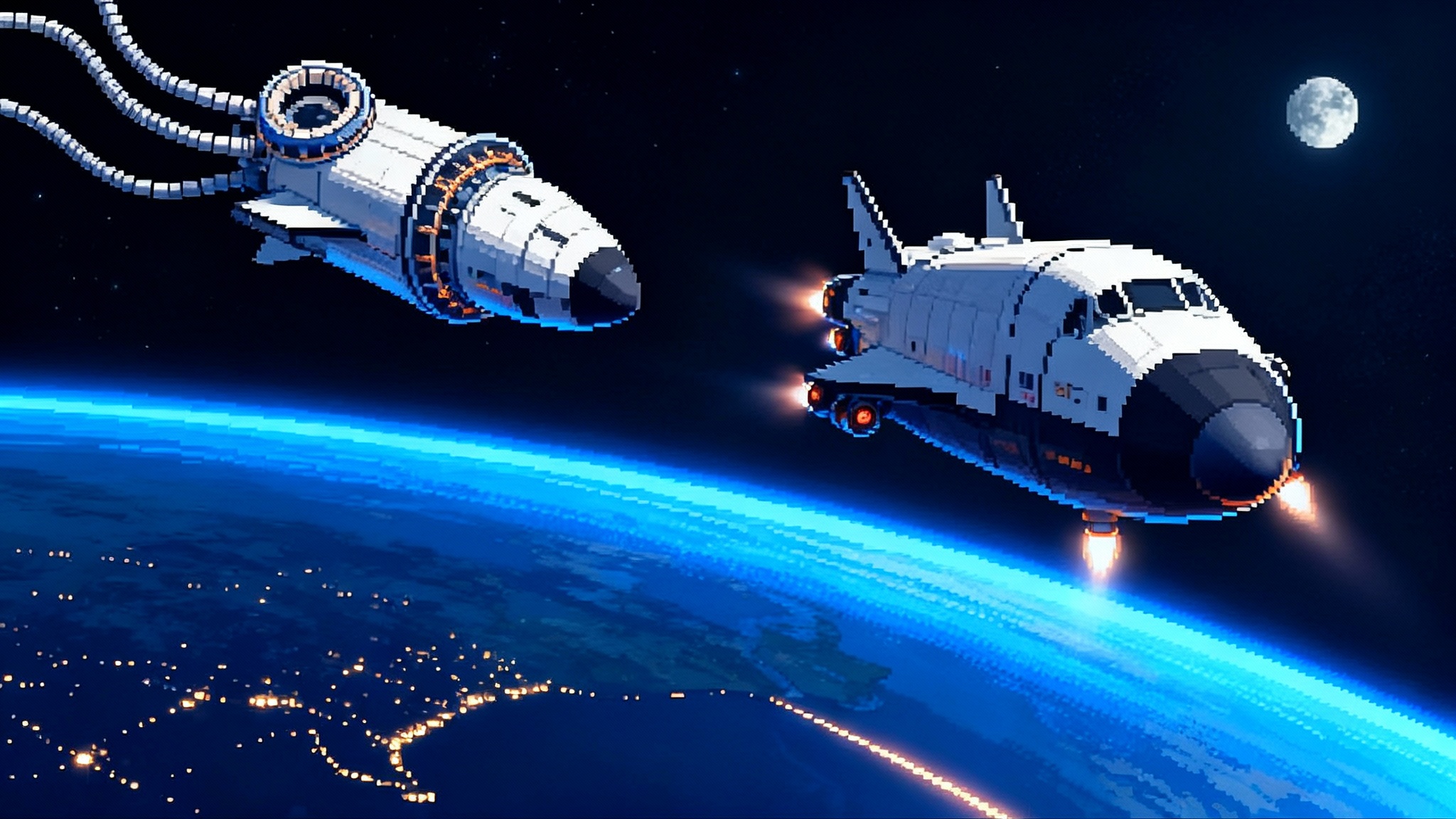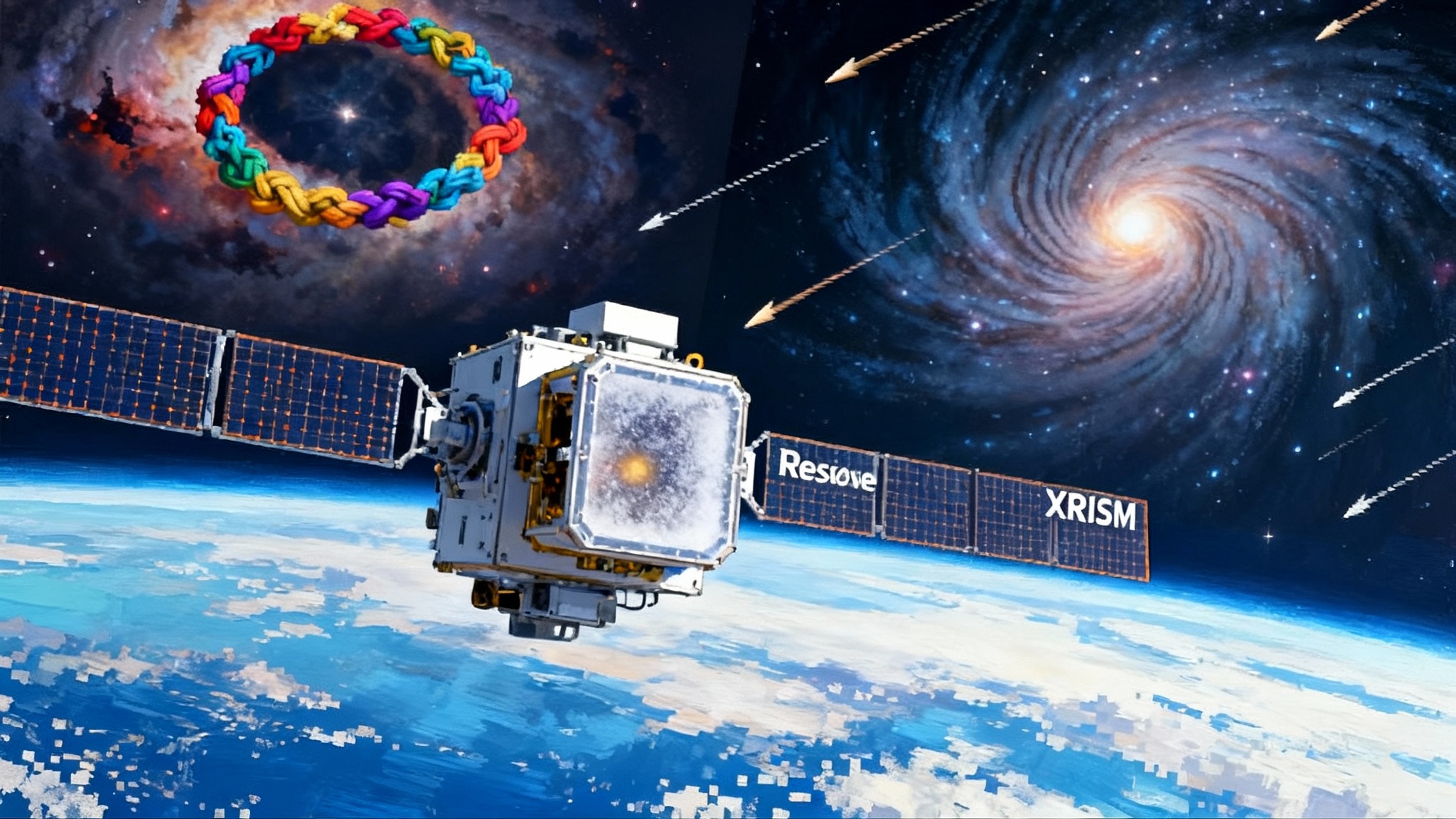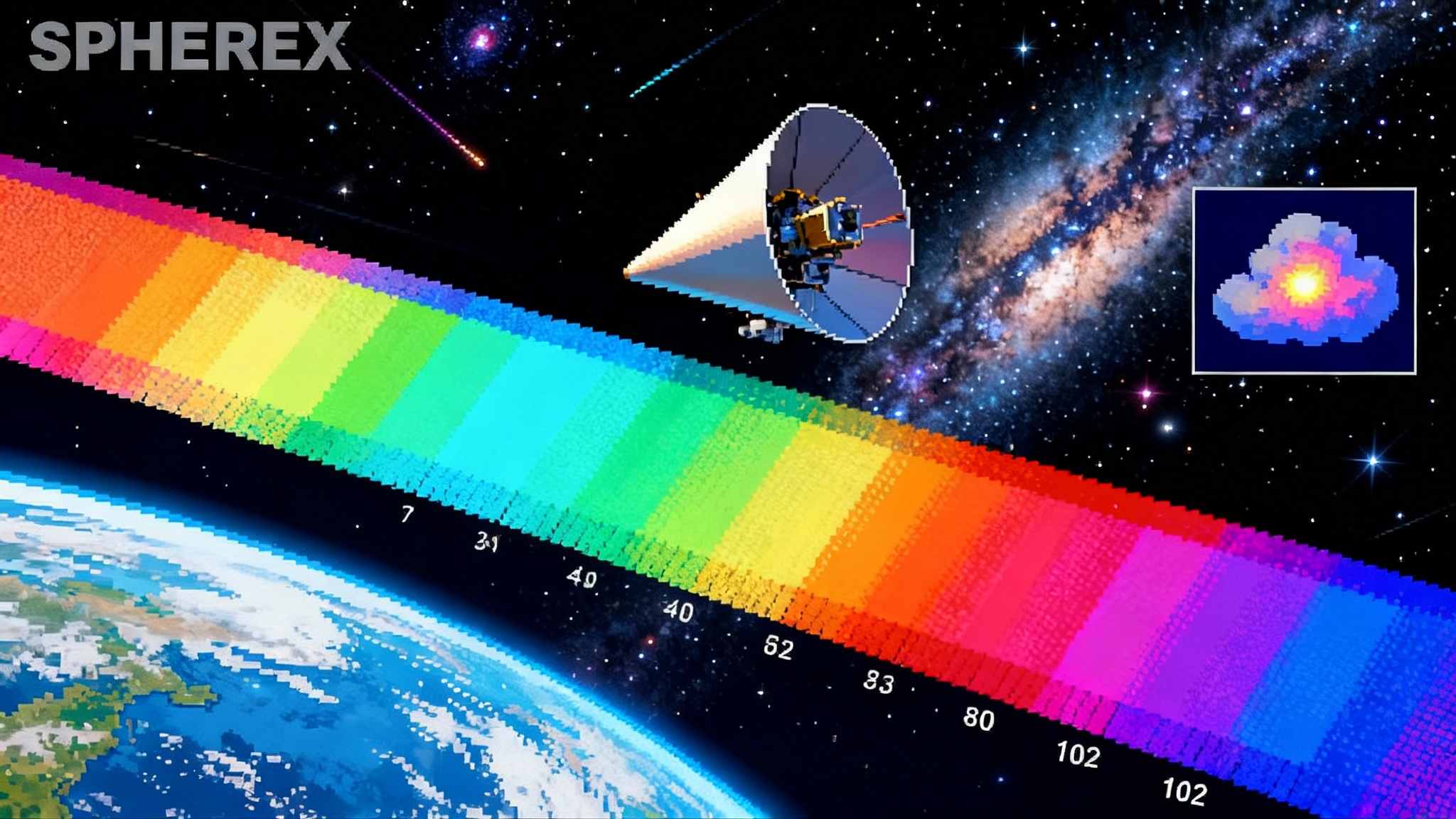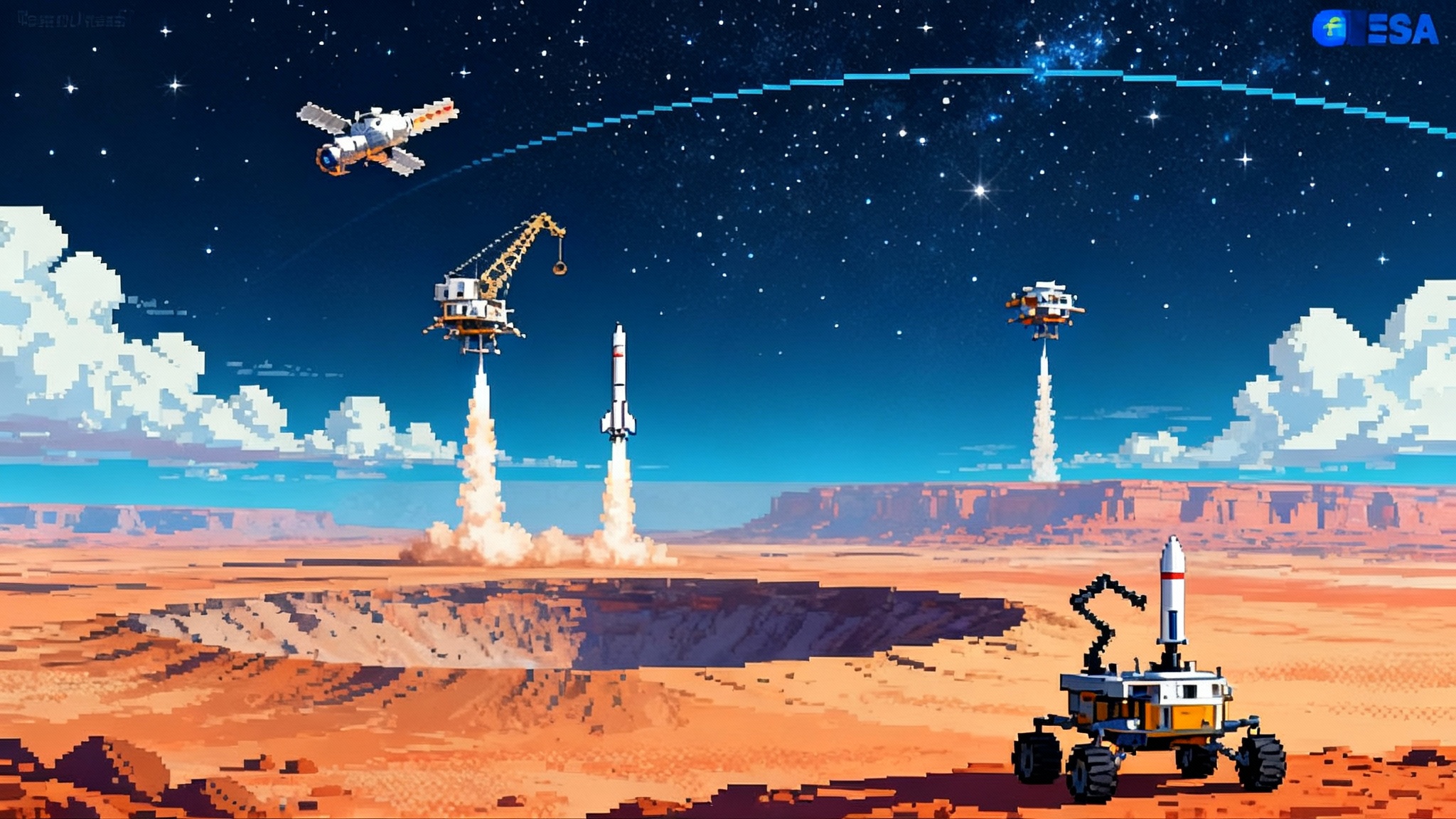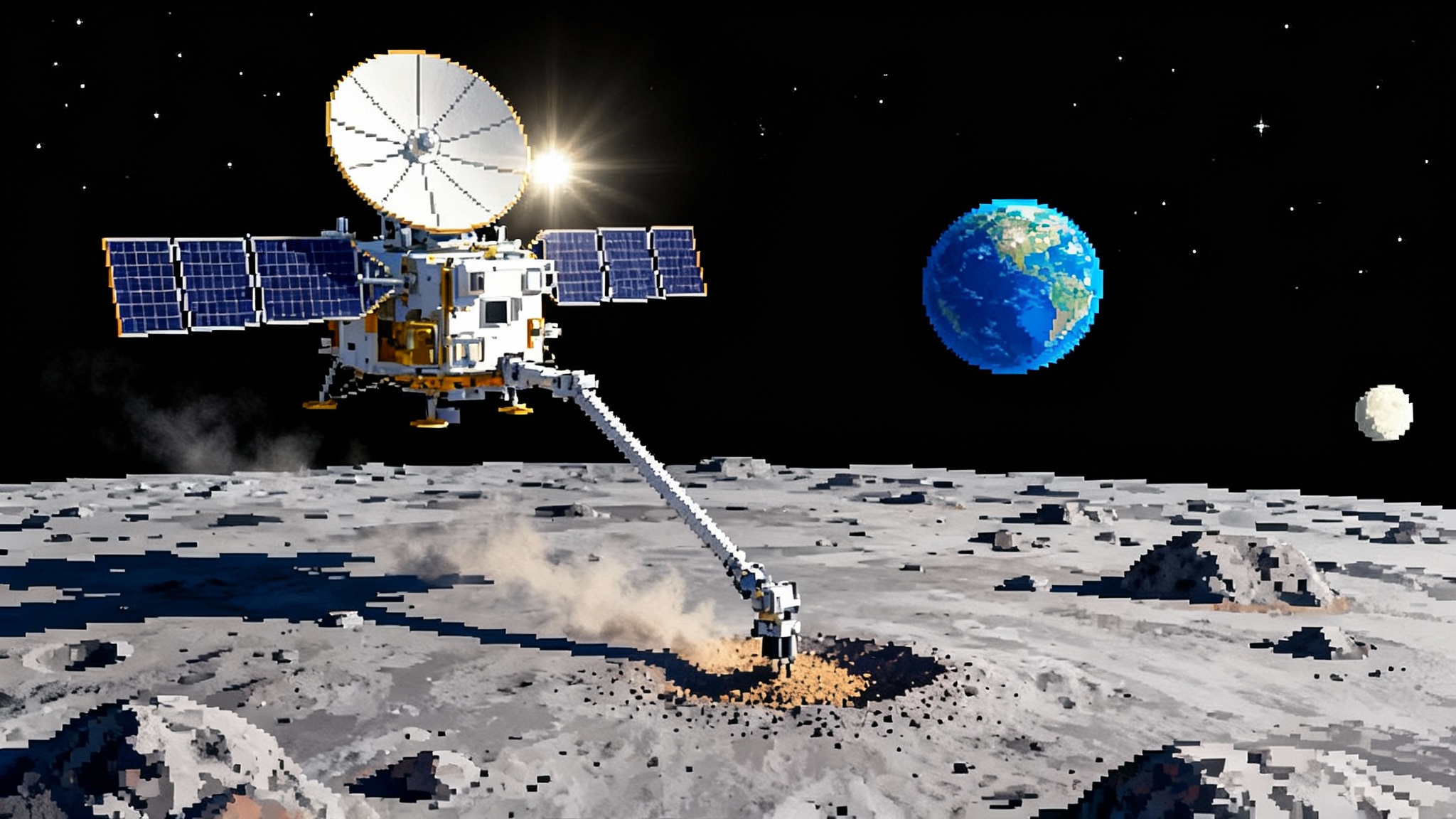China’s Tianwen-2 Targets Kamoʻoalewa, Earth’s Quasi-Moon
After a quiet late-May launch, Tianwen-2 is on track to rendezvous with Kamoʻoalewa in mid-2026 and attempt a sample return by late-2027. If successful, it could confirm a lunar origin for our quasi-moon and sharpen the playbooks for small-body operations and planetary defense.
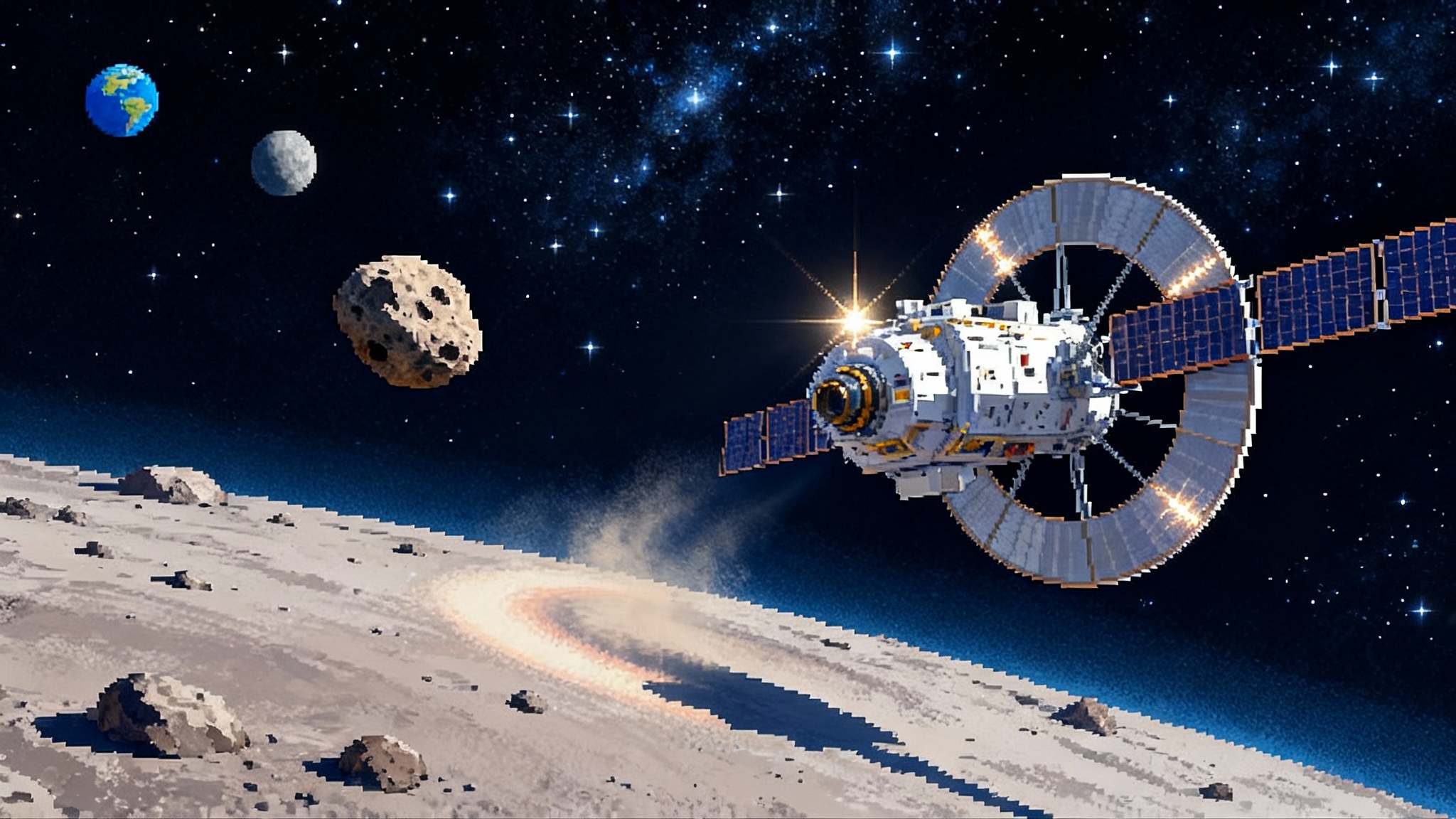
A quiet launch, a loud milestone
In the final days of May 2025, China slipped a deep space mission into the night sky from Xichang. There was no global countdown on television, no dramatic trail of commentary. Yet within weeks the spacecraft that left on that quiet ride, Tianwen-2, began to speak. On July 1 and July 2, the China National Space Administration released early Earth and Moon images taken from about 590,000 kilometers away, a calm proof that the probe was healthy and outbound toward its prize, the small and strange body named Kamoʻoalewa.
From that moment, a modest mission with a small sample goal became a big story in the making. Tianwen-2 is headed for an object that many planetary scientists suspect is a shard of the Moon. If the probe arrives on schedule in mid 2026, anchors to the surface, and brings at least 100 grams of material back to Earth in late 2027, laboratories will get their first look at rocks from an Earth co-orbital asteroid. That single bag of dust could test a standing origin hypothesis, sharpen our models for how hazardous near-Earth rubble behaves, and jump-start a practical playbook for working across cislunar space.
What exactly is a quasi-moon
Kamoʻoalewa is not a second natural satellite in the usual sense. It is a quasi-satellite, a small body that orbits the Sun, not Earth, but does so in near lockstep with our planet. From our perspective, it appears to corkscrew around us, sometimes a little ahead, sometimes a little behind, looping gently over centuries. Think of a runner who chooses to pace you on an adjacent path rather than share your lane; you move together, but you are not bound by the same track.
This peculiar arrangement makes Kamoʻoalewa both accessible and safe. It comes close enough that a medium mission can rendezvous without the massive fuel budgets required for outer belt asteroids. Yet it is not an Earth-crosser barreling through our neighborhood. For spacecraft navigators, it is a reachable target. For sample scientists, it is a mystery worth chasing.
The plan from here to the sample bag
Timeline. After launch in late May 2025, Tianwen-2 began its cruise using solar electric propulsion. The plan calls for a rendezvous with Kamoʻoalewa around July 4, 2026. The probe will first map the body from a cautious orbit, refine its shape and spin state, and select candidate sampling zones.
Sampling modes. Engineers built in three ways to grab material: a touch-and-go maneuver for loose regolith, a hovering scoop to collect fines without full touchdown, and an anchor-and-attach attempt that uses legs with drills to fix the craft briefly to the surface for deeper grains.
That anchor-and-attach idea is more than a novelty. Asteroids the size of Kamoʻoalewa have vanishingly small gravity and often spin quickly. Try to press on one and you might bounce away. Drilled anchors trade that uncertainty for a fixed bite, if the surface is firm enough to hold. If successful, Tianwen-2 will depart in April 2027, release an armored reentry capsule at Earth on November 29, 2027, and then cruise on to a second act, a rendezvous with the activity-prone small body 311P/PANSTARRS in the next decade.
Why many think Kamoʻoalewa is lunar
For years, telescopes have studied Kamoʻoalewa’s reflected sunlight. The spectrum looks more like space-weathered lunar silicates than typical inner belt asteroids, and its Earth-like orbit hints at an origin close to home. In 2021 and 2023, research teams mapped out both the spectral match and a plausible dynamical pathway for a lunar fragment to end up in a co-orbital track. Start with a high-energy impact on the trailing side of the Moon, launch ejecta just above escape velocity, then allow a fraction of fragments to thread rare gravitational routes into a quasi-satellite state. The argument is not proven without a rock in hand, but it is specific and testable. For details, see the peer-reviewed lunar ejecta hypothesis paper.
If the samples that arrive in 2027 carry the mineral fingerprints of lunar anorthosite or mare basalts, plus the right balance of cosmic ray exposure ages, the case for a lunar source becomes strong. If they look like ordinary or low-iron stony asteroids, the lunar idea weakens. Either outcome is valuable science because it resolves a fundamental question about how Earth and the Moon exchange material and how long such fragments can linger near us. For context on recent lunar sample surprises, see Chang'e-6 far side findings.
What a 2026 rendezvous can reveal before we even see the rocks
Well before the reentry capsule lands, Tianwen-2’s close-up mapping should answer questions that matter to both science and operations.
- Spin and texture. How fast does Kamoʻoalewa rotate, and around which axis? Rapid rotation can produce equatorial ridges and polar pits. It also reshapes regolith into belts of fine material and patches of exposed rock. We saw versions of these effects on Bennu and Ryugu. A quasi-moon could remix them in a new way.
- Bulk density and porosity. Radar and optical tracking can help infer mass and shape, which yields density. A fluffy interior reduces surface gravity further, which influences every maneuver near the body.
- Boulders vs. powder. High-resolution imaging will measure the size distribution of rocks. The ratio of cobbles to fines tells engineers how to anchor and tells modelers how such objects respond to forces.
These are not academic curiosities. Every meter-scale detail affects how you approach, sample, or push a small body.
Planetary defense, updated with dirt
When we talk about deflecting dangerous objects, public attention often jumps to heroic kinetic impacts. The method works best when you understand what you are hitting. Is the target a single stone, a rubble pile, or a fragile clump of dust held together by weak forces? The answer determines how momentum transfers and how debris sprays outward. For a preview of how deflection campaigns are being validated, see the Hera mission deflection close-up and why near misses matter in Antarctic asteroid near miss.
Kamoʻoalewa sits in a size class that keeps planetary defense officers awake: tens of meters to a hundred meters across, capable of city-level damage if one were on a collision track. It is near Earth, which makes it a good natural laboratory. Tianwen-2’s close-in data and eventual samples can sharpen the models that matter most:
- Cohesion and angle of repose. Lab tests on returned grains will reveal how they stick and slide. If grains are glassy and angular, they may interlock and resist motion. If they are space-weathered and coated with nanophase iron, they may behave like talcum on a slope. That difference changes how a kinetic impact shock wave propagates.
- Thermal inertia and porosity. Measure how quickly a surface warms and cools and you infer how sunlight alters spin and drift through the Yarkovsky and YORP effects. That is how small bodies wander over decades. Better inputs produce better long-term ephemerides.
- Bearing strength and anchor reliability. If an anchor-and-attach attempt works, future deflection concepts can entertain gentle pushers like gravity tractors that require predictable station-keeping near the surface. If anchors fail or dig into powder, engineers will favor standoff methods.
Testing a lunar origin without waiting for the lab
Mission teams do not need to open a glovebox to make progress. Tianwen-2’s instruments can test parts of the lunar origin story in space.
- Spectral surveys. A visible and infrared spectrometer can compare Kamoʻoalewa’s surface to spectral libraries of Apollo samples. Look for the one-two punch of plagioclase signatures and space-weathering reddening. Consistency across the surface would hint at a monolithic origin rather than a mixed rubble pile.
- Fresh exposures. If the team uses a small explosive charge or sampling drill to expose subsurface material, any change in hydration features or space-weathering patina will be telling. Lunar fragments should show extreme weathering on top and fresher, brighter material below.
- Magnetism and charged particles. A tiny magnetometer and particle analyzers can probe residual magnetization and charged dust behavior. Lunar-derived grains may carry specific magnetic histories that differ from primitive asteroidal material.
These in situ tests, coupled with telemetry on how the regolith physically behaves under the lander’s feet, provide a coherent pre-lab picture. Then the samples confirm or correct it.
A cislunar resource playbook begins
Commercial plans for space resources have often started with water, because water can be split into oxygen and hydrogen for propellant or used directly for life support and radiation shielding. Kamoʻoalewa is unlikely to be a water-rich body. That does not make it irrelevant to a resource economy. In fact, it makes it useful in a different way.
- Structural feedstock. If the samples prove to be lunar-type anorthosite or basalt, then grains from bodies like Kamoʻoalewa can serve as baseline material for sintering and 3D printing in vacuum. Companies testing in-space manufacturing hardware, such as sintering ovens and wire-feed printers, need realistic simulants. A real-world sample set becomes the new calibration standard.
- Dust management standards. Working anywhere in cislunar space means wrestling with abrasive dust. Grain size, shape, and electrostatic behavior inform filter design, suit seals, and optical covers. A quasi-moon sample can lead to requirements, not guesses.
- Low delta-v practice range. Co-orbital objects offer a training ground for navigation, anchoring, and sample handling at practical power levels. Government programs can certify techniques here before sending them to more distant goals.
All of this folds into a playbook that agencies and companies can share. It will not read like a manifesto about mining riches. It will read like a sequence of checklists: how to approach, how to stick, how to scoop, how to stow, how to depart, what breaks, how to fix it.
Concrete steps the community can take now
- Build better simulants. Universities and standards bodies can use spectra and, later, mineralogy from Tianwen-2 to publish open formulations for Kamoʻoalewa-like regolith. That lets every lab and startup test under similar conditions.
- Update risk models. Planetary defense teams can incorporate new cohesion and porosity ranges as priors in kinetic impact and gravity tractor simulations. That turns a single mission’s data into improved global response plans.
- Practice anchoring. Spacecraft builders can test anchoring legs and drills against fast-rotating small-body mockups. The trick is to simulate both low gravity and high spin, which is rare in current testbeds.
- Write operational checklists. International agencies can co-draft procedural playbooks for small body proximity operations. That includes go or no-go thresholds for plume impingement, safe hover altitudes, and dust plume monitoring.
What to watch between now and 2027
- Navigation images and shape models in 2026. The first resolved images will tell us whether Kamoʻoalewa is a shard or a rubble pile. Watch for the light curve match to earlier spin estimates and for a first-cut mass estimate.
- Sampling rehearsal outcomes. Expect cautious dress rehearsals before any contact. If hovering collection works, the team may not need to risk a deep anchor. If the surface looks crusty and coherent, anchors become more attractive.
- Sample mass accounting. Mission controllers will estimate collected mass from pressure or torque data immediately after sampling. Even a small shortfall would be informative, since it would reveal how sticky or slippery the grains are.
- Return capsule testing updates. Reentry at around 12 kilometers per second is more demanding than past lunar sample returns. Keep an eye on parachute and heat shield test reports, since they are critical to preserving fragile grains.
The bigger picture
Tianwen-2 is not a flashy flagship. It is more like a field geologist’s pickup truck fitted with three different shovels and a very good map. That is its strength. By 2026 we will know how to approach and touch a quasi-moon. By 2027 we may know, with lab-level certainty, whether Kamoʻoalewa is truly a lunar orphan. And by the time the mothership sails on, we will have better models for how small near-Earth bodies hold together, slide apart, and react when we nudge them.
The mission’s value is in the details. A few grams of dust that prove lunar origin would rewrite a chapter of Earth-Moon history. A few grains that refuse to fit lunar patterns would send us back to the drawing board with sharper questions. Either way, Tianwen-2 is about to turn a quiet corner of cislunar space into a workshop. That is how exploration moves from posters to practice, from renderings to rules, and from suspicion to knowledge.


